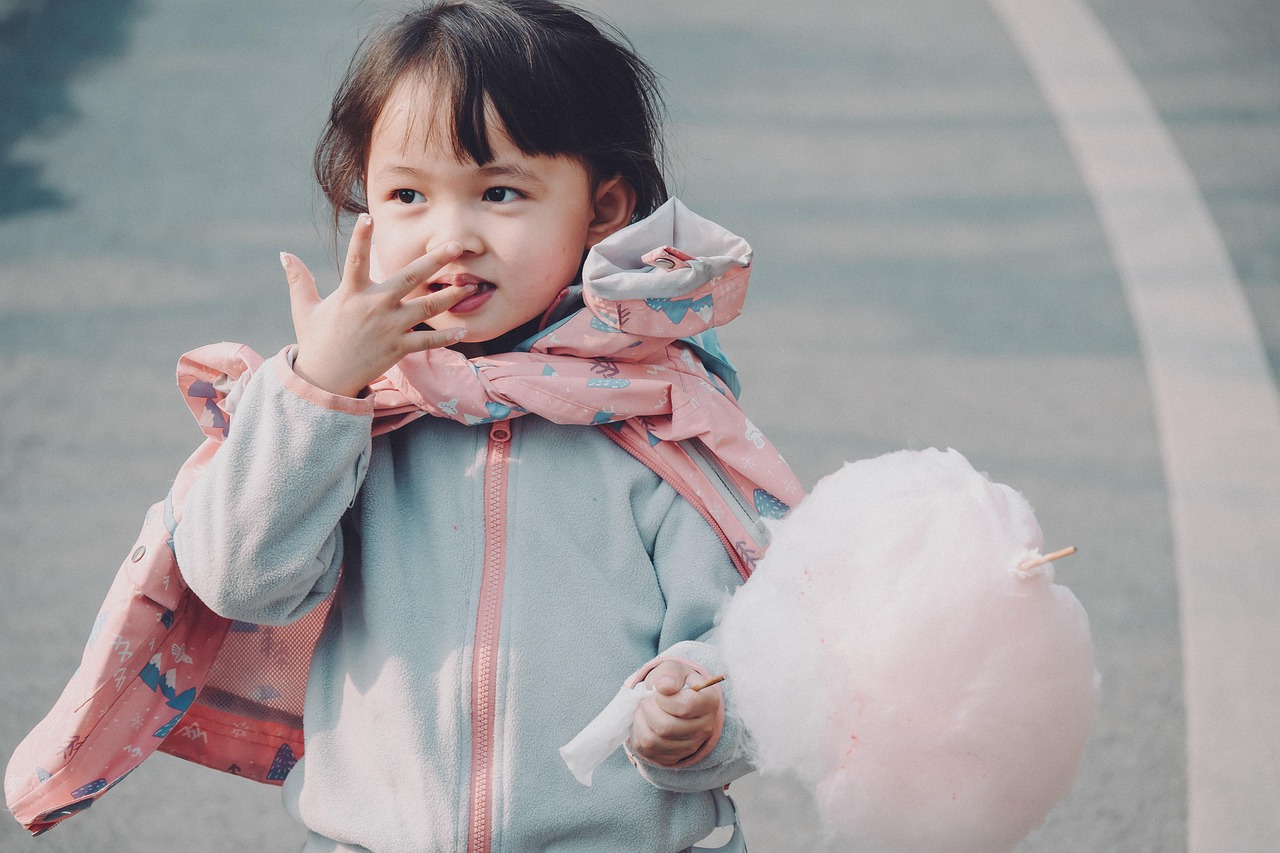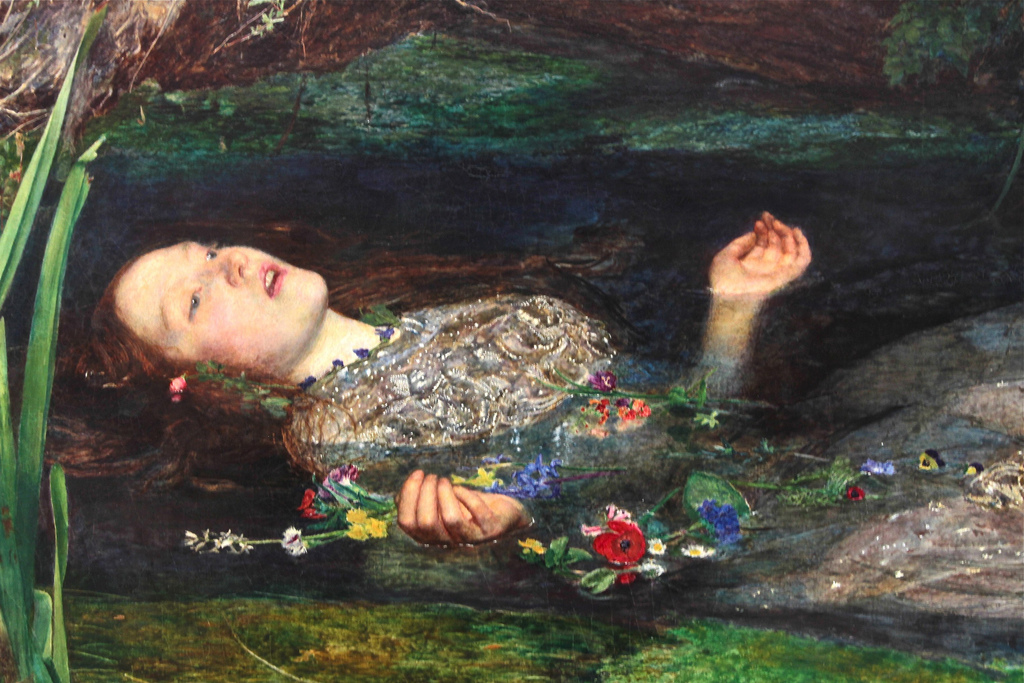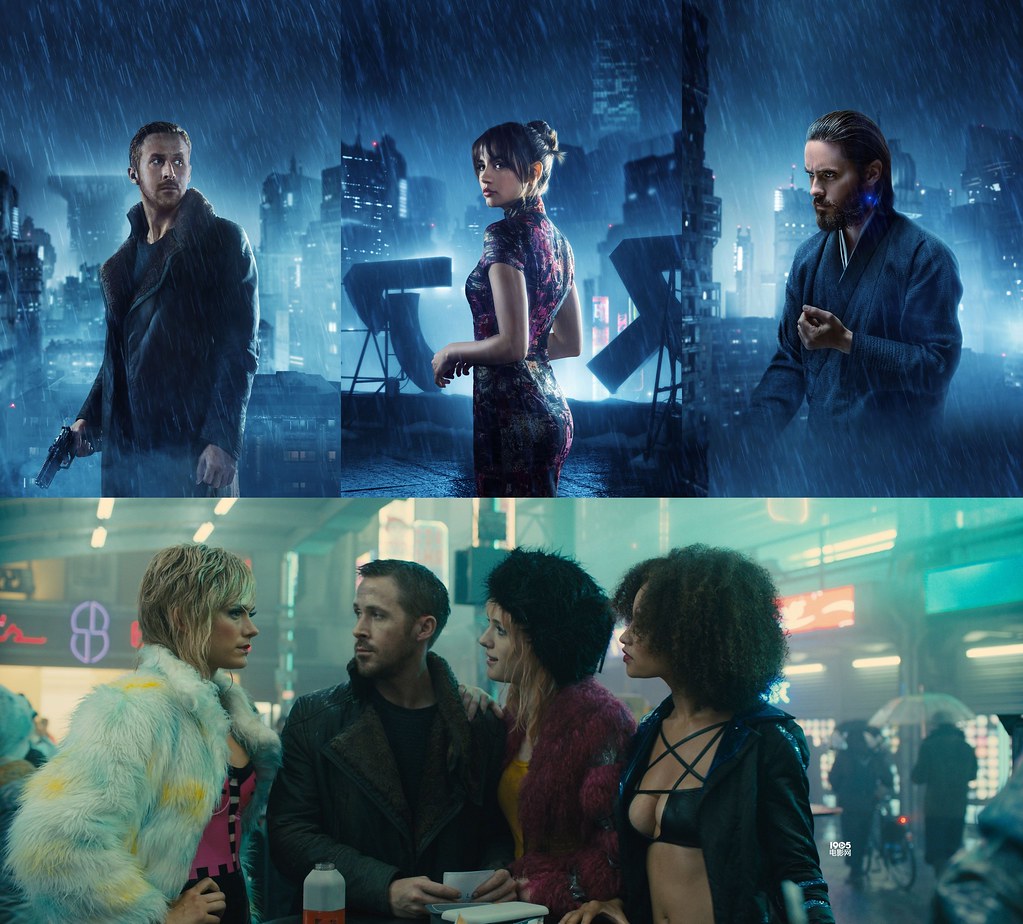
Hey there, fellow art lovers and movie enthusiasts! Ever watch a film and feel like you’re stepping into a living, breathing painting? It’s pretty amazing, right? Movies are so much more than just a story unfolding on screen; they’re a symphony of visual elements, from sweeping landscapes to intricate details, all working together to create an unforgettable experience.
As photographers ourselves, we know a thing or two about what makes an image truly captivating. When it comes to films, we’re always on the hunt for those visually stunning gems that make our jaws drop. We zero in on three main components: composition, color, and lighting. Just like in a killer photograph, when these three come together in harmony, cinematography becomes a powerful storytelling device, setting the perfect tone for every single scene.
Now, for all you artistic movie lovers out there, get ready! We’ve handpicked some incredible films that don’t just tell a story but *show* it with unparalleled visual flair. These are the movies that directors and cinematographers pour their hearts into, often drawing inspiration from the world of fine art itself. So, grab your favorite snacks, settle in, and let’s dive into some seriously gorgeous cinema that will inspire and delight your artistic soul!

1. **The Exorcist – A Surreal Dance of Light and Darkness**“The Exorcist,” directed by William Friedkin, is a seminal horror film that tells the chilling tale of a young girl possessed by a demonic entity. But beyond the scares, this movie’s stark and realistic visual style is a masterclass in using cinematography to heighten dread and supernatural terror. It’s not just scary; it’s artfully terrifying.
There’s a scene in the film that’s become truly iconic, even gracing the movie poster. It features Father Merrin, played by Max von Sydow, standing in front of the MacNeil residence, with a lone street lamp casting an eerie glow in the foggy night. This unforgettable image is a direct homage to René Magritte’s famous “Empire of Light” series.
Magritte’s paintings are renowned for their paradoxical scenes, where the sky is bright and clear as if it’s daytime, while the landscape below is plunged into the darkness of night, often with a single lit street lamp. This surreal juxtaposition creates an incredibly eerie, dreamlike atmosphere that totally messes with your perception of reality, and it’s pure genius.
Friedkin masterfully adopted this visual concept to craft a profound sense of dread and foreboding in “The Exorcist.” He used the bright light streaming from the windows against the solitary streetlamp on a dark, desolate street. This visual reference amplifies the film’s powerful underlying theme of the clash between good and evil, light and darkness, making the horror even more palpable. Director William Friedkin himself commented on this, saying, “I chose the house to match the Magritte painting. . . I saw [this painting] in the Museum of Modern Art in New York, it’s called Empire of Light by Rene Magritte. I had that in mind, and I chose the house to match the Magritte painting… the streetlamp…the shaft of light.” Talk about intentional artistry!
For artists, this film teaches us how contrast and contradiction, whether it’s light and dark or any other disparate elements, can be a potent tool for creating compelling and provocative art. By referencing such a well-known piece of art, “The Exorcist” not only connects with the audience on a deeper level but also adds incredible depth to its visual storytelling, contributing to the ongoing conversation that is art history. It’s truly a film that invites you to look closer.
Read more about: Ready to Never Sleep Again? Here Are 15 Supernatural Horror Movies That Will Haunt Your Dreams (Ranked!)
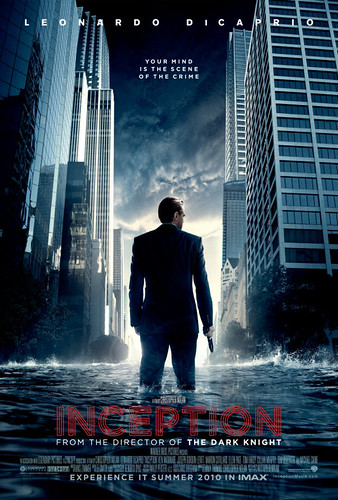
2. **Inception – A Labyrinth of Dreams and Reality in Visually Stunning Movies**Christopher Nolan’s “Inception” is an absolute mind-bending thrill ride, exploring the intricate layers of dreams and reality. This visually stunning movie is instantly recognizable for its complex, surreal architecture and visuals that completely defy the laws of physics. It makes you question everything you thought you knew about space!
One of the most jaw-dropping scenes, where the dream architects fold the city onto itself, is an unmistakable homage to the incredible M.C. Escher. If you’ve ever stared at an Escher print, you know exactly what we’re talking about: impossible spaces, optical illusions, and a playful manipulation of perspective and gravity that creates mind-bending visual paradoxes.
Escher’s “Relativity” is a prime example, showcasing a labyrinthine structure with staircases ascending and descending in every direction, completely ignoring gravity and normal spatial orientation. Inception takes this concept and runs with it, bringing these impossible spaces to glorious life on screen. Nolan employs similar visual trickery, making cityscapes twist and fold in ways that feel both possible and utterly impossible at the same time.
This scene isn’t just a visual spectacle; it’s a narrative powerhouse, symbolizing the boundless possibilities and fluid nature within the dream world. Nolan himself spoke about the influence of paradoxical architecture, stating in an interview with “Wired” that he and his team “liked the idea of exploring paradoxical architecture,” making it a key element in the film. The visual correlation between Escher’s “Relativity” and the dream architecture in “Inception” is so clear, it’s almost like they were made for each other.
For fine artists, the “Inception” and “Relativity” examples offer super valuable insights into the power of perspective and the manipulation of space. You don’t have to go full surrealist, but exploring unusual viewpoints can add intrigue and dynamism to any art style. Plus, the impossible, labyrinthine architecture doubles as a brilliant visual metaphor for the complexity and unpredictability of the human mind. It reminds us that visual elements can do so much more than just look pretty – they can convey deeper meanings, alternate themes, and subtexts, making the artwork more interesting and evocative for everyone.
Read more about: Unearthing the Hidden Magic: 15 Unforgettable Behind-the-Scenes Stories from Iconic Films and Legendary Directors

3. **There Will Be Blood – The Struggle of Man and Nature**Paul Thomas Anderson’s “There Will Be Blood” is a captivating film that plunges us into the ruthless world of oil drilling in the early 20th century. It’s a gritty, stark, and utterly beautiful movie, with a visual style that perfectly reflects the harsh realities of its setting. Every frame is a testament to the struggle it portrays.
The film’s visuals pay powerful homage to the works of Charles Marion Russell, an artist who famously captured the dramatic tension and struggle between man and nature in the American West. Think of Russell’s “Jerked Down,” which depicts a cowboy being thrown off his horse amidst a thunderstorm – it’s a raw, powerful representation of humanity versus the wild. And Anderson nails that same vibe.
In “There Will Be Blood,” there’s an unforgettable scene where an oil derrick catches fire, creating a towering inferno against the barren landscape. It’s visually striking, and immediately brings Russell’s paintings to mind, both in its dramatic style and its central theme. Both artists expertly use light and shadow to crank up the tension and drama.
Russell, for example, uses stark contrasts between a dark, stormy sky and a lightning-lit foreground to evoke impending danger. Anderson does something similar with the burning oil derrick, where the fiery glow starkly contrasts against the dark, barren landscape. This creates a visually arresting image that really underscores the danger and destruction unleashed by something uncontrollable, whether it’s nature or ambition.
What’s more, both works cleverly use composition to emphasize the sheer scale and power of nature compared to man. In “Jerked Down,” the cowboy is small and vulnerable against the vast, stormy landscape, highlighting the immense power of the natural elements. Similarly, in “There Will Be Blood,” the man-made oil derrick is dwarfed by the towering inferno, symbolizing nature’s overwhelming (or perhaps man’s self-inflicted) response to intrusion. These visual links in light, shadow, and composition suggest a shared visual language in depicting the epic struggle between humanity and the environment, or the forces we unleash. It’s incredible how much story a single frame can tell.
Read more about: Snap, Share, Inspire: 14 Powerful Photos That Sparked Global Awareness for Our Planet
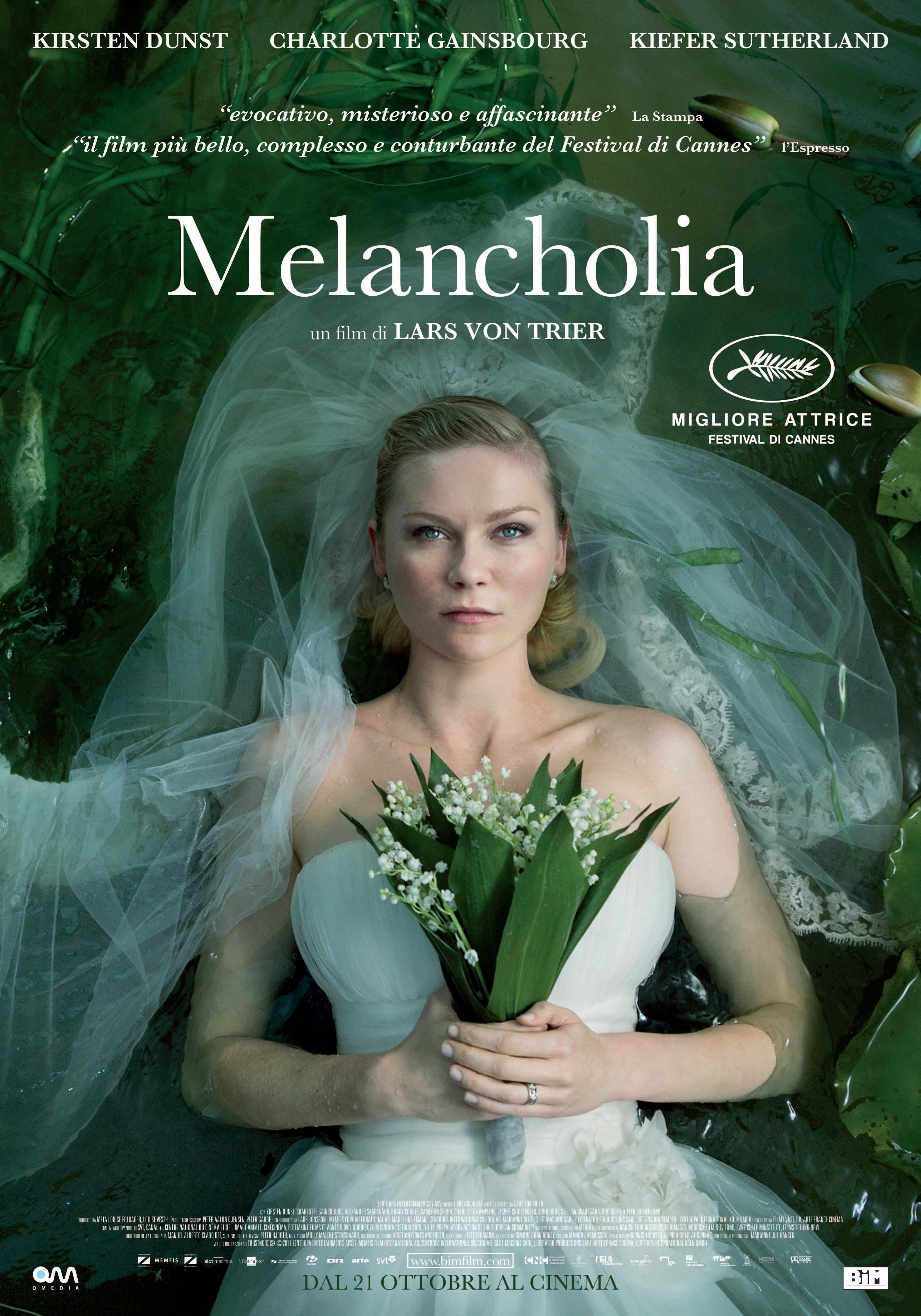
4. **Melancholia – a Psychological Masterpiece of Beauty and Despair**Lars von Trier’s “Melancholia” is a deep dive into psychological and emotional turmoil, all set against the breathtaking, yet terrifying, backdrop of an impending planetary collision. This beautiful movie truly lives up to its name, with a lush, dreamlike visual style that reflects the complex inner worlds of its characters, particularly Justine.
One of the film’s most memorable and visually stunning scenes is directly inspired by John Everett Millais’ “Ophelia.” If you’re familiar with art history, you know this painting depicts the tragic heroine from Shakespeare’s “Hamlet” floating serenely in a stream before her death. It’s a powerful image of beauty mixed with profound sadness.
Millais’ “Ophelia” is famous for its incredibly detailed and emotive depiction of the character, as well as its vibrant colors, intricate foliage, and an undeniable sense of serene despair. Von Trier perfectly captures this mood in “Melancholia” when Justine, played by Kirsten Dunst, also floats in a stream, surrounded by delicate flowers and lush foliage. Justine’s floating figure, the tranquil water, and the surrounding natural elements all beautifully mirror the composition and somber mood of “Ophelia.”
This scene isn’t just visually striking; it’s deeply symbolic, serving the narrative by embodying Justine’s despair and resignation as a rogue planet hurtles towards Earth. The influence of the Pre-Raphaelite style, which Millais helped pioneer—characterized by its vibrant colors, meticulous detail, and emotional emphasis—is subtly woven throughout the film. The visual correlation between this particular scene and the painting is so strong, it’s almost like a direct conversation between two different art forms.
By referencing “Ophelia,” “Melancholia” vividly brings the beauty and tragedy of Earth’s impending doom to life, creating a visual spectacle that deeply resonates with the film’s narrative about the overwhelming psychological impact of such an event. It’s a powerful reminder of how art can reflect and amplify our deepest fears and emotions, making a fantastical premise feel incredibly human and relatable.
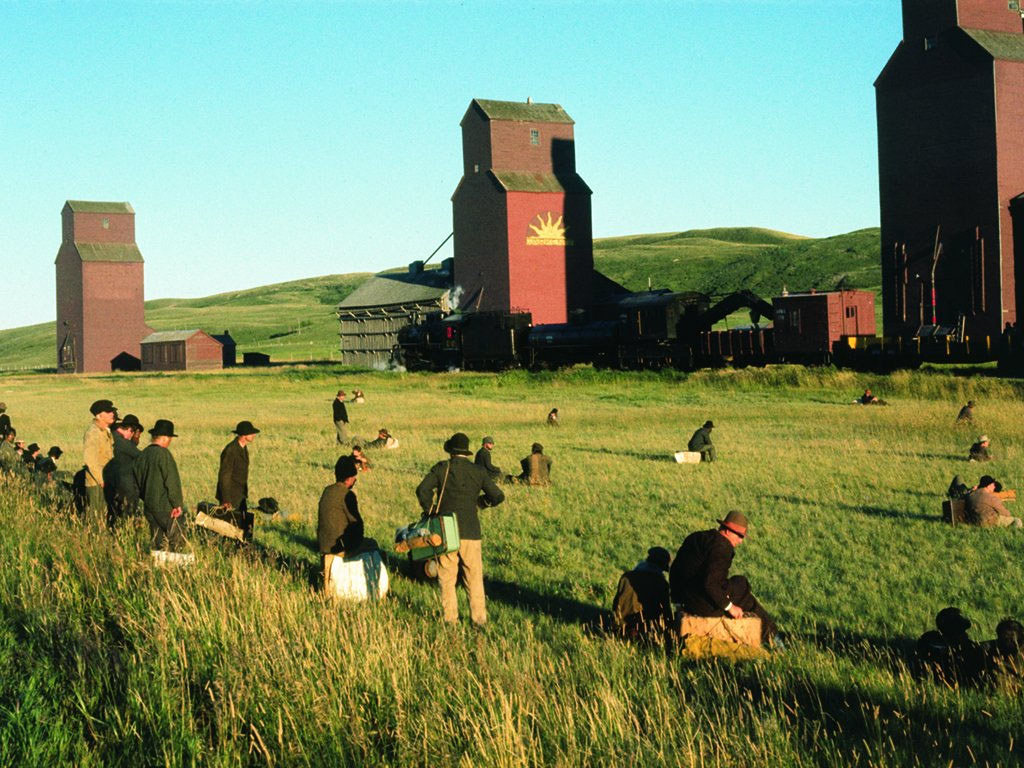
5. **Days of Heaven – The Whispering Wheat Fields of Visually Stunning Movies**In the pantheon of beautiful movies, Terrence Malick’s “Days of Heaven” stands as an undeniable testament to the power of visual poetry. Seriously, every frame is like a painter’s dream! The film’s imagery, a breathtaking symphony of natural light and earthy tones, seems to whisper stories of the American heartland, echoing the quiet intensity of Andrew Wyeth’s iconic painting “Christina’s World.”
“Days of Heaven” is a cinematic canvas where the characters are painted against immense, open landscapes, much like the solitary figure in Wyeth’s work. You see the characters—portrayed by Richard Gere, Brooke Adams, and Sam Shepard—dwarfed by their surroundings, becoming an integral part of the landscape. Their dramas are intertwined with the whispering wheat fields and the ever-changing sky, reminding us that humans are just a small, yet significant, part of a much larger natural world.
Malick’s unique visual aesthetic, often achieved through extensive use of the ‘golden hour’ (that magical period after dawn and before sunset when sunlight takes on soft, golden hues), gives the film incredible visual depth and emotional richness. This technique isn’t just pretty; it acts as a metaphor for many themes running through the picture, adding texture and complexity to the visual narrative. It’s truly a characteristic feature of Malick’s unforgettable style, making this film one of the most outstanding works in American cinema history.
Just as Wyeth masterfully captured the subtle play of light and shadow on the grass and Christina’s dress, Malick uses the soft, diffused light of dawn and dusk to paint his scenes, lending them an ethereal, almost dreamlike quality. This isn’t just for beauty; it enhances the film’s narrative, reflecting the characters’ hopes, dreams, and inevitable disillusionments. The delicate interplay of light and shadow, combined with dynamic yet lyrical frame compositions, makes “Days of Heaven” a truly captivating visual poem written by the camera. It’s no wonder it snagged an Oscar for Best Cinematography!
The visual language of “Days of Heaven” speaks volumes about its influences. While Malick is famous for letting his films speak for themselves, cinematographer Nestor Almendros once mentioned that Malick wanted the film to resemble an “old family album.” This desire to capture the past’s fleeting, ephemeral moments resonates strongly with the nostalgic undertones of Wyeth’s work, suggesting a deep, shared artistic vision. For fine artists, this film is a huge lesson: the power of light to infuse mood and the importance of environment becoming a character in its own right.
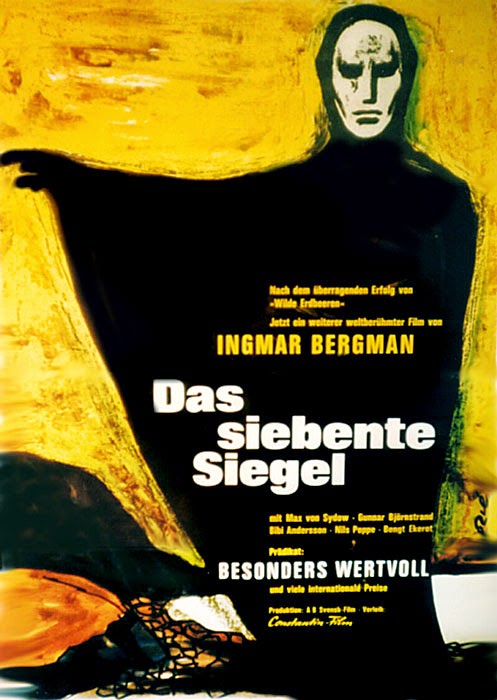.jpg)
6. **The Seventh Seal – A Timeless Allegory in Black and White**As the sun was setting on the cinematic horizon, Ingmar Bergman gifted the world with his majestic work – “The Seventh Seal.” This allegorical drama peels back the layers of human experience, delving into the raw fear of death, the eternal search for meaning, and the depths of spiritual crisis. And let me tell you, every single scene, every frame, is brimming with astonishing visual beauty.
The choice of a black-and-white format isn’t just aesthetic; it makes the image even more expressive, dramatically emphasizing the stark contrast between life and death, light and shadow. Bergman doesn’t just show us; he makes us *feel* it. He masterfully uses symbols, like the chess game, transforming ordinary objects into powerful visual metaphors that reflect profound philosophical themes. Bergman calls for reflection, offering the viewer a chance to see familiar images in a completely new light.
At the heart of the plot is the knight Antonius Block, who comes face to face with the enigmatic figure of Death itself. To overcome his opponent, he agrees to play a game of chess, which becomes an amazing opportunity for us, the viewers, to immerse ourselves in the very essence of human existence and to grasp the profound paradoxes of life and death. The grim, desolate landscapes and the meticulously crafted costumes create an incredibly authentic atmosphere of medieval Europe, ravaged by the plague, perfectly conveying the sense of despair and loss experienced by the characters.
Bergman’s direction in “The Seventh Seal” wasn’t just about technical mastery; it demonstrated his ability to transcend traditional cinema, turning it into something much deeper and more significant. This film cemented him as a monument not only to Swedish but to world cinema. Watching “The Seventh Seal,” you can’t help but appreciate the magnificence of the cinematography and the sheer wit with which Bergman tackles questions that have troubled humanity for ages. It’s a film that demands your attention.
This masterpiece remains incredibly relevant even today and deserves attention not only as a visually impressive work of art but also as a deep and investigative look into the human soul. It’s a reminder that sometimes, less color means more impact, and that powerful ideas can be conveyed through the simplest, yet most profound, visual choices. Truly a timeless piece of art that speaks volumes without saying a word.
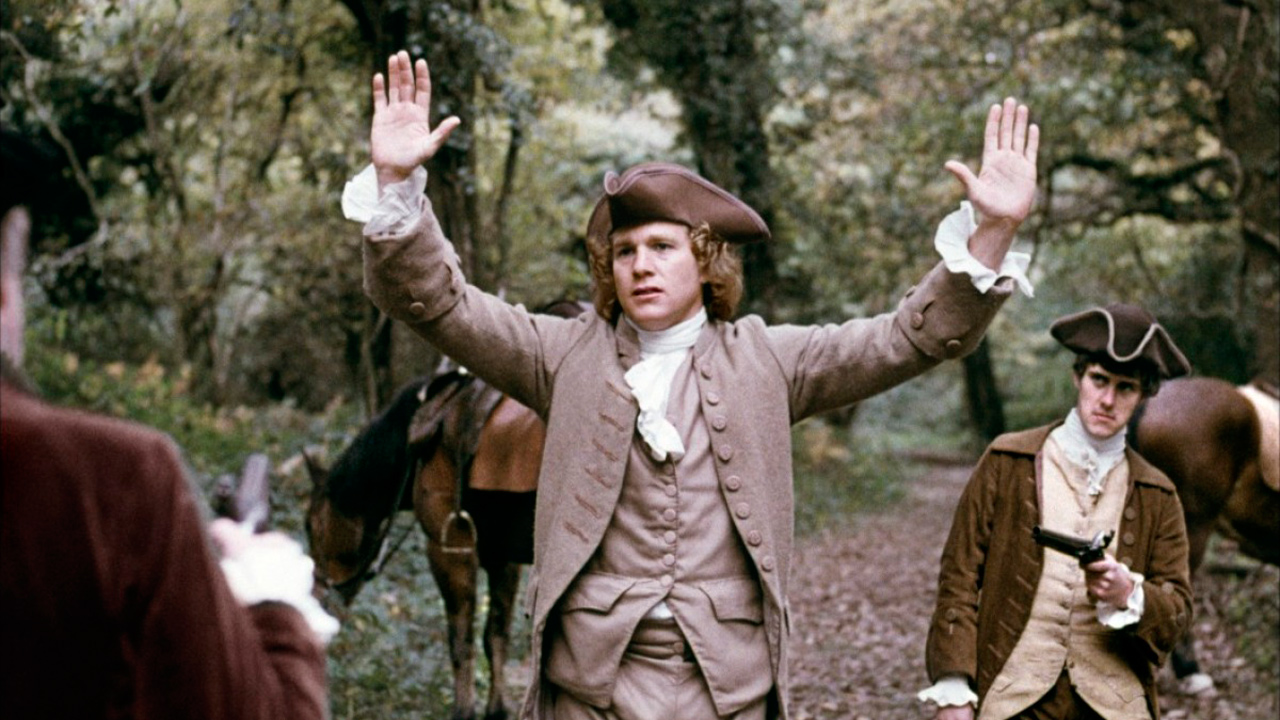
7. **Barry Lyndon – An 18th-Century Canvas Brought to Life**Stanley Kubrick, the undisputed master of cinema, reached unparalleled heights in his absolute masterpiece, “Barry Lyndon.” This film holds a unique and special place in cinematography, seamlessly uniting meticulous historical accuracy with breathtaking visual splendor. Based on the novel by William Makepeace Thackeray, it doesn’t just play out; it comes alive in the viewer’s imagination, like a perfectly preserved painting.
Kubrick, being the genius he was, used specialized lenses and relied exclusively on natural light to authentically recreate the delicate, candlelit atmosphere of the 18th century. The result? Images that feel like they’re literally torn from the canvases of the old masters, imbued with a soft, glowing authenticity that’s almost unbelievable. You feel like you’re truly stepping back in time.
Presented in a 1.66:1 format, “Barry Lyndon” transforms into a stunning visual symphony. Every single scene, every glance, every subtle shade of light and shadow isn’t just a decorative element—they are living, breathing components of the story itself. With his unparalleled historical accuracy and obsessive attention to detail, these visual images don’t merely adorn the screen; they function as exquisite bridges between the characters and us, the viewers, filling the screen with an undeniable, vibrant life.
But what truly makes this film so special? Perhaps the answer lies in how Kubrick managed to weave such extraordinary visual splendor with genuine, raw human drama. “Barry Lyndon” is far more than just a visual spectacle; it’s a profound exploration of ambition, the rise and fall of fortune, all captured within frames of extraordinary beauty. It’s a complete experience.
Kubrick wasn’t merely filming; he was creating art in its purest form. His incredible ability to use images to express the most complex aspects of human experience makes “Barry Lyndon” an eternal work that continues to inspire and captivate the imagination of anyone lucky enough to watch it. It’s a testament to the idea that cinema can indeed be a form of art that transcends mere entertainment, truly moving the soul and standing as one of the greatest achievements of cinematography. It’s a beacon for all who strive to create visually stunning and deeply meaningful works.
Now that we’ve journeyed through films that beautifully weave fine art into their narratives, let’s broaden our horizons and explore even more cinematic marvels. This next set of films takes visual storytelling to new heights, celebrated for their innovative aesthetics, unique color palettes, and genre-defying styles that truly push the boundaries of what’s possible on screen. Get ready for another round of pure visual inspiration! Here are more picks for your watchlist that are feasts for the eyes:
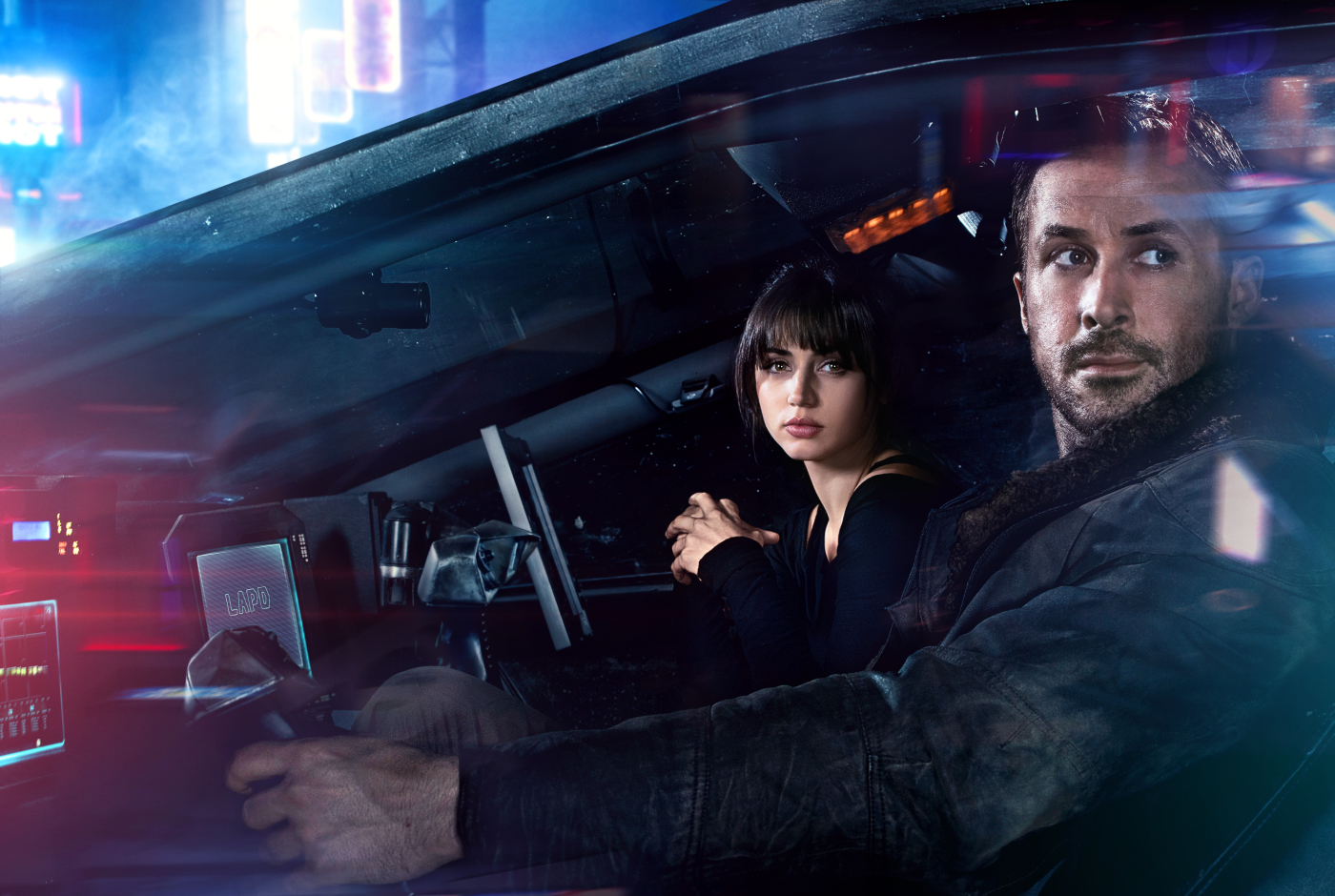
8. **Blade Runner 2049 (2017) – A Future So Real, It’s Art**Few films dive into a futuristic world with as much visual flair and sheer beauty as “Blade Runner 2049.” This neo-noir sci-fi masterpiece, directed by Denis Villeneuve, is a fantastic sequel to the iconic 1982 classic. Get ready, because its visuals, crafted by the brilliant cinematographer Roger Deakins, feel less like a movie and more like a series of hauntingly gorgeous paintings brought to life. It’s truly something special for any artistic movie lover.
The film drops you right into a dystopian future, where the aesthetic seamlessly blends stark modern architecture with the hypnotic glow of neon lights and colossal holographic advertisements. You’ll notice that every single frame feels meticulously constructed, almost like a carefully curated art piece that demands your full attention. This isn’t just background; it’s an immersive environment that speaks volumes.
The color palette is just exquisite, featuring icy blues, vibrant glowing oranges, and subtle muted grays that together create an undeniable sense of otherworldly melancholy. This powerful combination isn’t just for show; it enhances the film’s narrative, reflecting the bleakness and beauty of its world. It’s a visual feast that sticks with you long after the credits roll, constantly inviting you to re-examine its intricate details.
But “Blade Runner 2049” isn’t just about pretty pictures; it’s a deep dive into profound themes. Beyond its incredible visual appeal, the film brilliantly explores complex questions of identity and humanity. It makes you think, it makes you feel, and it does it all wrapped in some of the most stunning cinematography you’ll ever witness, making it a complete cinematic experience that’s equally unforgettable for its brains and its beauty!
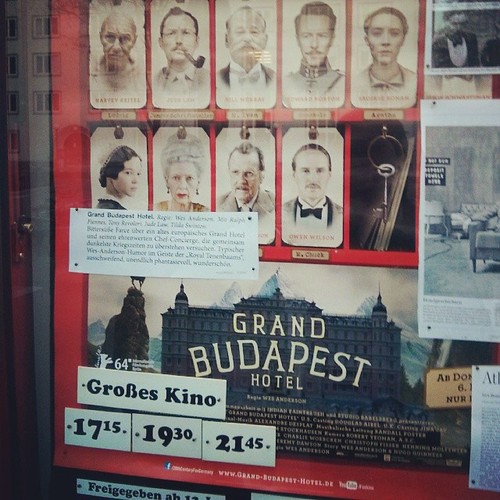
9. **The Grand Budapest Hotel (2014) – Symmetrical Perfection and Pastel Dreams**Alright, if you’re totally into symmetry, dreamy pastel colors, and an aesthetic that’s just delightfully quirky, then Wes Anderson’s “The Grand Budapest Hotel” is an absolute must-watch for your artistic soul! Anderson is famous for his incredibly unique visual style, and he brings every bit of his signature touch to this story, which unfolds in a fictional, utterly charming European ski resort. Seriously, prepare to be enchanted by a world meticulously crafted down to the smallest detail.
The film is a masterclass in meticulous craftsmanship, from its wonderfully designed sets to its exquisite costumes, all absolutely bursting with character. The attention to detail in every prop and piece of clothing tells its own subtle story, adding layers of charm and personality. It’s truly a world you want to step into.
What’s even cooler is how the camera work transforms every single shot, making it feel like it belongs squarely in a modern art gallery. Anderson’s signature use of flat compositions and tracking shots creates a dynamic yet organized visual rhythm. It’s not just a movie; it’s a living exhibition where every frame could be a standalone photograph.
And let’s talk about those colors! Anderson’s genius use of vibrant palettes—think stunning pinks, lush purples, and warm reds—adds such incredible vibrancy and warmth to this whimsical tale of intrigue and humor. This specific color scheme isn’t arbitrary; it evokes a sense of nostalgia and playful grandeur, perfectly aligning with the film’s lighthearted yet poignant narrative. It’s a playful film, yes, but it’s also unbelievably detailed, proving just how much magic can happen when design and filmmaking come together. This movie is a true testament to the power of aesthetic vision!

10. **2001: A Space Odyssey (1968) – A Journey to the Stars and Beyond**Hold onto your spacesuits, because Stanley Kubrick’s “2001: A Space Odyssey” is not just a film; it’s a monumental milestone in the entire history of filmmaking! Even decades later, its visuals remain absolutely breathtaking, proving that true artistry is timeless. This movie takes you on an epic journey, exploring the grand themes of humanity’s evolution and our profound connection to space, all presented with an awe-inspiring grandeur and a wonderfully minimalist beauty.
From the instantly recognizable, iconic spinning space station that feels so real you could almost touch it, to the vivid, mind-bending, and utterly psychedelic colors of the “Star Gate” sequence, every single scene in this film is an exhilarating step into the glorious unknown. Kubrick masterfully used visual metaphors, allowing the imagery to convey much of the narrative without relying on dialogue. It’s a visual narrative that pushes boundaries and expands your mind.
Kubrick’s legendary attention to detail, combined with his brilliant reliance on practical effects, gives “2001” a truly timeless quality that very few films achieve. The special photographic effects by Douglas Trumbull and his team were revolutionary, creating visuals that still hold up today. This commitment to realism through innovative techniques is a hallmark of its artistic genius.
Beyond the technical marvels, the film’s deep, philosophical themes will leave you pondering the mysteries of the universe long, long after the credits have finished rolling. It’s a journey not just through space, but through the very essence of existence, using visuals to provoke thought and inspire wonder. It’s an intellectual and visual feast that simply cannot be missed, continually inspiring new generations of filmmakers and artists.
Read more about: You Need to Add These 14 Seriously Awesome Classic Movies to Your Watchlist ASAP!
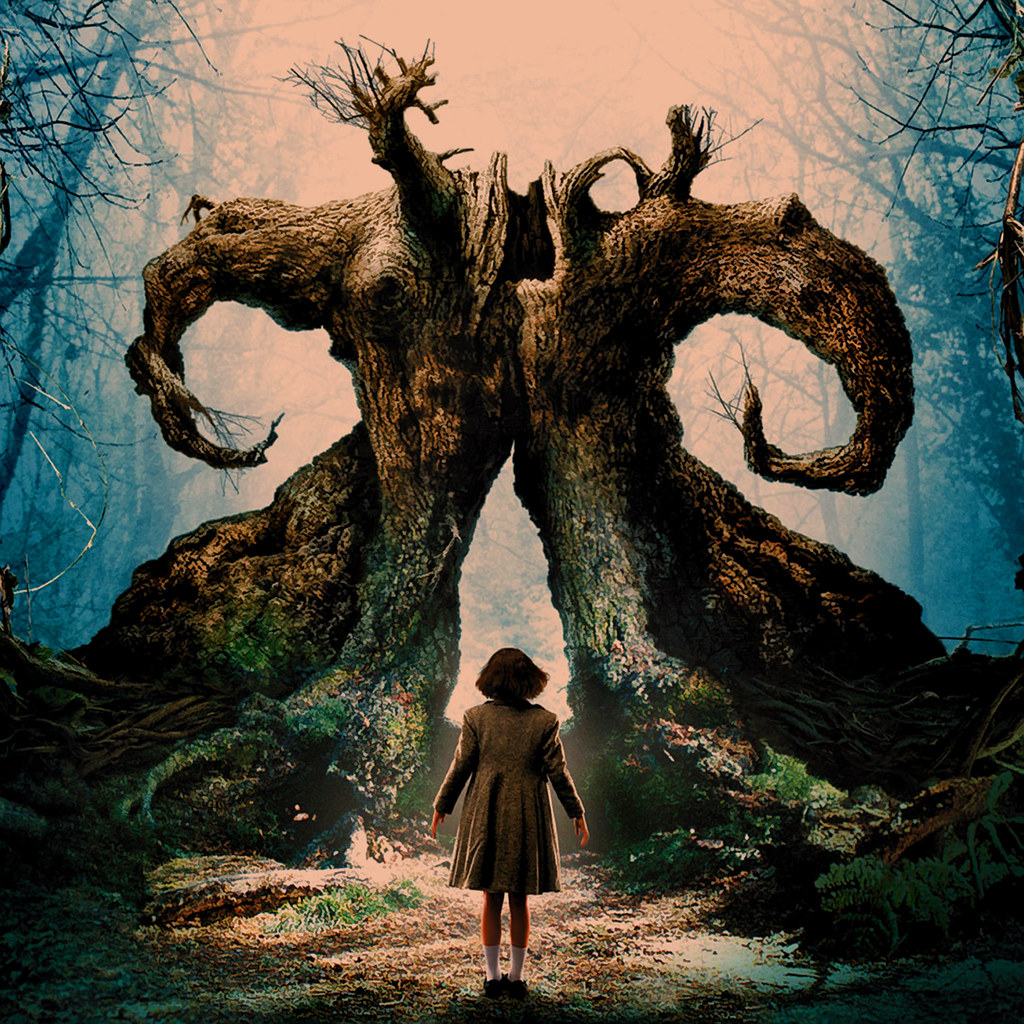
11. **Pan’s Labyrinth (2006) – Where Dark Fantasy Meets Unforgettable Art**Prepare to be spellbound by Guillermo del Toro’s “Pan’s Labyrinth,” a truly visionary dark fantasy that flawlessly weaves together reality and imagination with results that are nothing short of stunning. Set against the haunting backdrop of post-Civil War Spain, the film invites you to follow a young girl as she stumbles upon a mysterious labyrinth and encounters some truly mythical, unforgettable creatures. It’s a story that’s both beautiful and wonderfully unsettling, pulling you into its rich, textured world.
The film’s visuals are utterly unforgettable, transporting you to a world brimming with elaborate creature designs that are both terrifying and mesmerizing. Del Toro’s genius for practical effects truly shines here, making creatures like the Faun and the Pale Man feel incredibly tangible and real, despite their fantastical nature. This tangible quality enhances the viewer’s immersion and heightens the sense of both wonder and dread.
You’ll wander through lush, almost magical forest settings, all brought to life with haunting imagery that perfectly blurs the lines between what’s real and what’s fantasy. Del Toro’s artistic touch is everywhere, especially in his masterful use of earthy tones, which give the entire film a natural, dreamlike quality that’s simply captivating. The contrast between the muted, grim reality and the vibrant, fantastical underworld is a visual storytelling triumph.
“Pan’s Labyrinth” is a triumph of visual storytelling, seamlessly blending practical effects with CGI to create a world that feels disturbingly real yet undeniably fantastical. It’s a testament to how visual artistry can elevate a narrative, making the fantastical elements feel grounded and the real-world struggles even more poignant. This is a movie that truly stays with you, painting vivid pictures in your mind long after you’ve watched it, proving that dark fantasy can indeed be high art.
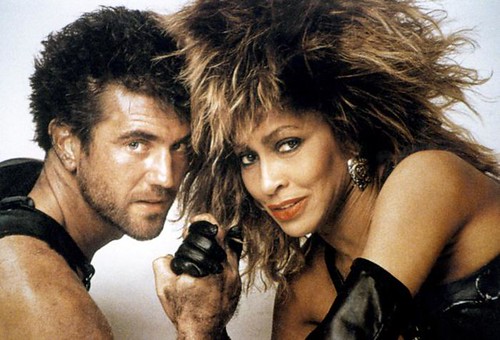
12. **Mad Max: Fury Road (2015) – A High-Octane Masterpiece of Artistic Action**To anyone out there who might think action movies can’t possibly be artistic, get ready for a serious reality check because “Mad Max: Fury Road” is here to completely prove you wrong! Directed by the visionary George Miller, this high-octane cinematic experience is every bit an artistic marvel as it is an absolute adrenaline rush. Buckle up, because your eyes are in for an incredible ride, and your artistic sensibilities will thank you!
The film masterfully sets its intense story in a barren, post-apocalyptic desert landscape, where the striking use of oranges and blues creates an unforgettable, almost painterly contrast between fiery explosions and endless sand. This visual dichotomy isn’t merely aesthetic; it’s perfectly symbolic of the world it inhabits, torn between chaos and a desperate search for life. Every frame is a study in dynamic composition and color theory.
But it’s not just about the colors! The practical effects, the heart-stopping stunts, and the meticulously designed set pieces are truly jaw-dropping. The team’s dedication to real-world stunts and vehicles gives the action a visceral, weighty feel that digital effects often struggle to replicate. There’s an almost operatic quality to the chaos and explosions, turning every moment into a grand, dramatic spectacle that feels both raw and exquisitely choreographed.
And here’s the kicker: despite its incredibly fast pace and relentless action, the film never feels cluttered. Its powerful visuals speak volumes about survival, resilience, and the enduring human spirit, often conveying more emotion and narrative than dialogue alone. This is action elevated to art, a relentless ballet of destruction and hope that redefines the genre and showcases the power of visual storytelling in its most explosive form.

13. **Amélie (2001) – Paris in a Palette of Whimsy**Get ready to fall head over heels for the charm and visual delight of Jean-Pierre Jeunet’s “Amélie”! This French cinematic treasure is a heartwarming tale about a wonderfully quirky young woman who navigates the magical streets of Paris, spreading happiness and a touch of whimsy wherever she goes. And let me tell you, the film itself is as visually whimsical and enchanting as its delightful story, truly a feast for the eyes and the soul!
You’ll be absolutely captivated by the carefully composed shots and the wonderfully saturated colors that just elevate the charm of Amélie’s world. Jeunet’s distinctive visual style creates a heightened reality, where everything feels a little more vibrant, a little more special. It’s like viewing life through a beautifully tinted lens, adding magic to the mundane.
The color palette is simply iconic, dominated by bold reds, vibrant greens, and cheerful yellows, which collectively give the entire film a dreamy, almost storybook-like quality. These colors are not just decorative; they are integral to Amélie’s character and her perception of the world, making her inner life almost tangible. It’s like stepping into a perfectly illustrated fairy tale, full of warmth and playful curiosity.
The cinematography in “Amélie” has a beautiful way of focusing on all those little, intricate details that we might otherwise completely overlook in our busy lives – from a cracking crème brûlée to the reflection in a spoon. This film is a gorgeous celebration of the beauty found in everyday moments, reminding us all of the magic that unfolds when we choose to see the world through curious and open eyes. It’s a visual hug for your soul, inviting you to savor every tiny, delightful detail.


